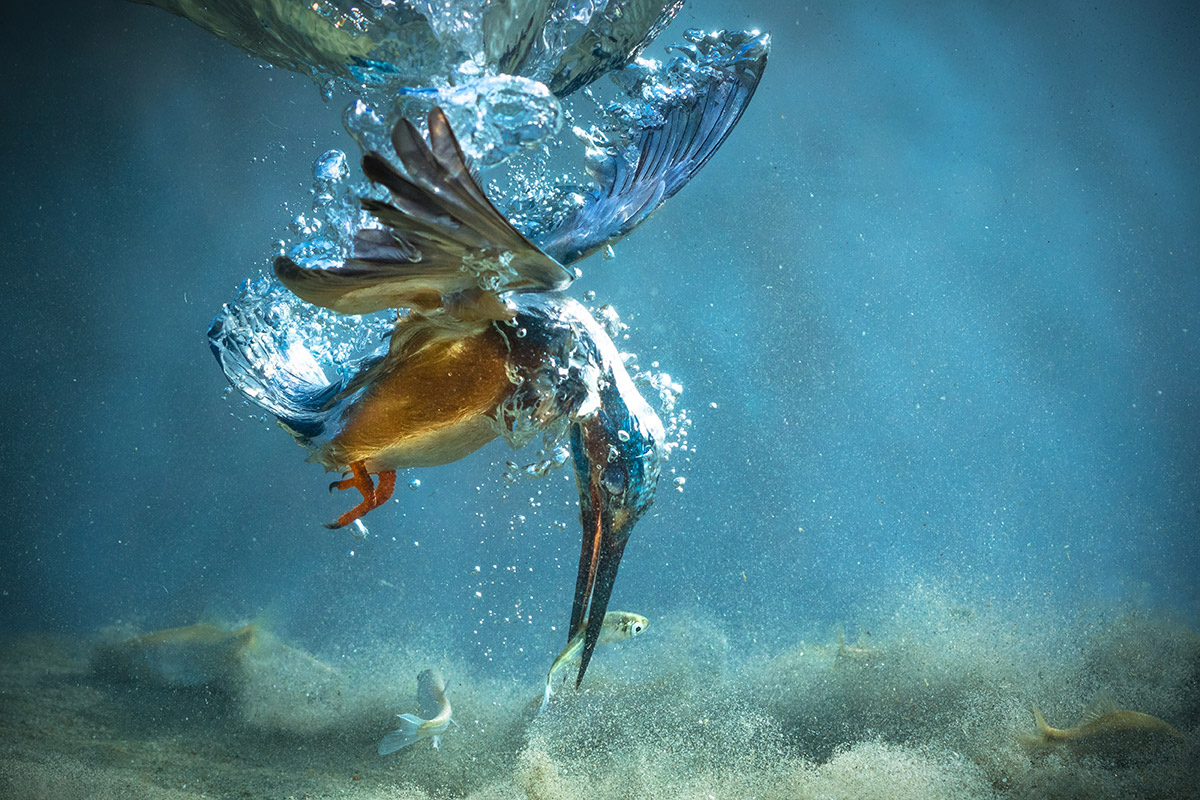Science
Exploring Physics and Birding: A Unique Intersection of Science

The recent publication of The Physics of Birds and Birding: the Sounds, Colors and Movements of Birds, and Our Tools for Watching Them by retired physicist Michael Hurben delves into the intriguing relationship between the natural world of birds and the principles of physics. The book explores how physics explains the extraordinary abilities of the world’s 11,000 bird species, and how these remarkable creatures navigate their environments.
Birds and Their Unique Abilities
Birdwatching is a beloved pastime for many, with approximately 17 million households in the United Kingdom spending £250 million annually on bird food. Membership in the Royal Society for the Protection of Birds (RSPB) stands at around 1.2 million, highlighting a significant interest in avian conservation. Hurben’s work seeks to bridge the gap between the allure of birdwatching and the scientific principles that govern bird behavior.
Birds possess an array of fascinating abilities that can be attributed to physics. For instance, owls use their asymmetrical ears to hunt by sound, enabling them to fly silently to capture prey. Kingfishers and ospreys flawlessly dive into water, expertly compensating for the change in the refractive index. Additionally, kestrels and hummingbirds demonstrate remarkable hovering capabilities through advanced aerodynamic techniques.
Migration patterns are also influenced by physics, as many birds detect subtle shifts in barometric pressure to signal when to travel. The vibrant colors of birds, including rare blue hues due to unique feather structures, add another layer of complexity. These colors can appear differently to various species, as many birds can see into the ultraviolet spectrum.
Scientific Concepts and Birding Tools
In The Physics of Birds and Birding, each chapter introduces a different physics-related topic, often connected to avian characteristics. The book covers a range of subjects, including fractals, gravity, electrostatics, osmosis, and even quarks. While this extensive coverage may appeal to physics enthusiasts, some readers may find the lengthy explanations on complex topics frustrating, especially when they are followed by only brief mentions of related bird species.
Flight, a defining trait of birds, is discussed in detail only in the final chapter. The preceding sections focus on the scientific principles governing birdwatching tools, such as binoculars and telescopes. These optical instruments rely on familiar physics concepts like focal lengths and refractive indices, which many individuals learn in school.
Despite the book’s scientific rigor, it lacks visual appeal. Unlike many nature books that feature stunning photographs, Hurben’s volume contains no images of birds, resulting in a presentation reminiscent of an old-fashioned textbook. While the author expresses a personal passion for birdwatching, boasting a “life-list” of over 5000 species, the text does not adequately address modern conservation techniques, such as using thermal imaging or drones for bird monitoring.
As a Fellow of the Institute of Physics and the Royal Society of Biology with over 50 years of experience as an amateur birder, it remains unclear who the primary audience for this book is. The content may resonate more with physicists interested in applications within the natural world than with birders seeking deeper insights into avian biology. Ultimately, The Physics of Birds and Birding caters to a niche intersection of the birding and physics communities.
-

 Entertainment2 months ago
Entertainment2 months agoIconic 90s TV Show House Hits Market for £1.1 Million
-

 Lifestyle4 months ago
Lifestyle4 months agoMilk Bank Urges Mothers to Donate for Premature Babies’ Health
-

 Sports3 months ago
Sports3 months agoAlessia Russo Signs Long-Term Deal with Arsenal Ahead of WSL Season
-

 Lifestyle4 months ago
Lifestyle4 months agoShoppers Flock to Discounted Neck Pillow on Amazon for Travel Comfort
-

 Politics4 months ago
Politics4 months agoMuseums Body Critiques EHRC Proposals on Gender Facilities
-

 Business4 months ago
Business4 months agoTrump Visits Europe: Business, Politics, or Leisure?
-

 Lifestyle4 months ago
Lifestyle4 months agoJapanese Teen Sorato Shimizu Breaks U18 100m Record in 10 Seconds
-

 Politics4 months ago
Politics4 months agoCouple Shares Inspiring Love Story Defying Height Stereotypes
-

 World4 months ago
World4 months agoAnglian Water Raises Concerns Over Proposed AI Data Centre
-

 Sports4 months ago
Sports4 months agoBournemouth Dominates Everton with 3-0 Victory in Premier League Summer Series
-

 World4 months ago
World4 months agoWreckage of Missing Russian Passenger Plane Discovered in Flames
-

 Lifestyle4 months ago
Lifestyle4 months agoShoppers Rave About Roman’s £42 Midi Dress, Calling It ‘Elegant’









